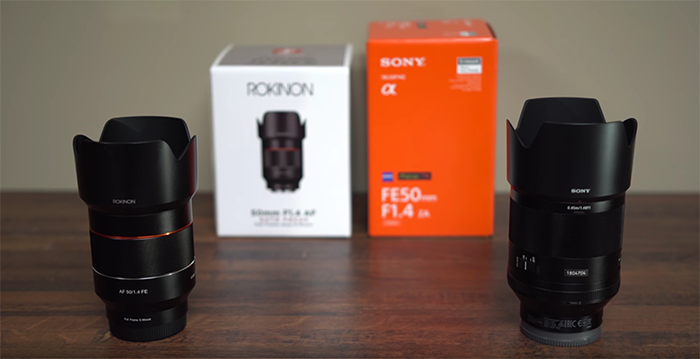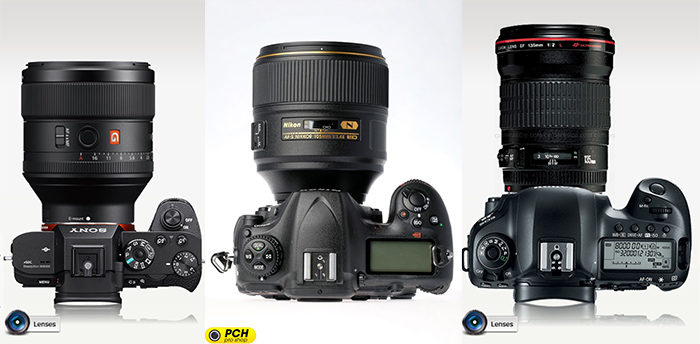
[shoplink 50835]Sony 85mm GM[/shoplink] vs [shoplink 50836]Nikon 105mm[/shoplink] vs [shoplink 50837]Canon 135mm[/shoplink] (via CameraSize and PCH)
The following article is a Guest Post from Johnny Perkka. To write a guest post on SAR follow the instruction on that page.
Additional Editor’s note: This isn’t a fair comparison because you should compare lenses with the exact same focal length and aperture. But theses are the three lenses Johnny had in his hands so take it easy :)
—-
Sony 85mm G master vs the new 105mm Nikon vs Canon 135mm L Bokeh comparison by Johnny Perkka
Yesterday we here at fotomonza.com received two copies of the eagerly waited [shoplink 50836]Nikon 105mm f/1.4 AF[/shoplink]. Naturally we wanted to put it throught it’s paces and did some quick tests. The bokeh was highly hyped as the ”[shoplink 50837]Canon 135mm f/2 L killer[/shoplink]”. Since I happen to have the fabled Canon lens with the Sigma adapter on my A7rII and am a happy owner of the [shoplink 50835]Sony 85mm G master[/shoplink], renowned for it’s bokeh performance, I thought it was high time for a bokeh shootout. We threw in the latest Tamron 85mm f/1.8 Di USD in for a good measure and a reference point of what you get on a budget.
Now mind you this is far from a scientific test, and we obviously know that bokeh is also determined by the relative distance of the background to the subject. But the point is, that when you are going for a particular framing of the subject, which weapon you choose for the shot to get the best OOF effect is not determined with a ruler in hand but with a artistic vision. So precise measurements are out, we are going for the look and feel in real world. Of course we assessed the sharpness while we were at it, but someone with a more golden eye can probably prove us wrong, and it’s all good, I ain’t mad. This is just what we did and our conclusions.
So first crops are SOOC with lightroom edits to get the lighting and white balance relatively close on all images. Sharpness was turned to zero, because the G master WAS TOO SHARP if lightroom sharpness was applied. The point was to compare the bokeh in a normal situation. The lenses are top left: Nikon D750 with the Tamron top right the new Nikon 105, bottom left the Canon 135mm L f/2 and lastly on bottom right, the Sony G Master.
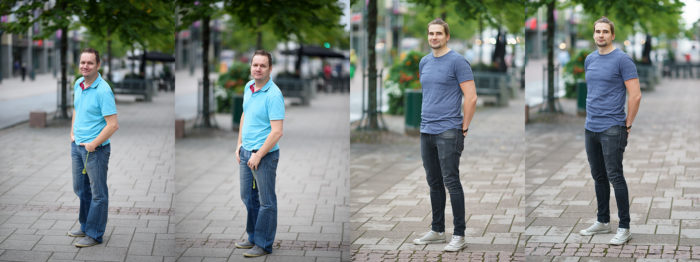
To me the Canon is still the bokeh king, but it would be surprising if it wasn’t given the focal length difference. But the real surprise is that bokeh-wise it is very difficult to say which one is better of the 105mm vs the G master. To me the G master is a bit smoother but not much. The Tamron is obviously the loser here, but with a price only one third of the Nikon and Sony, it is understandable.
The next set is a bit closer look, same order of the lenses. The older design of the Canon was evident with visible chromatic aberration on the hands.
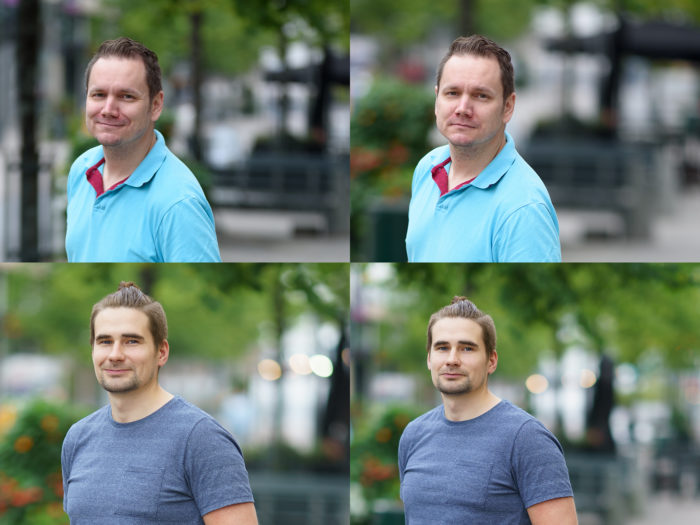
Last set is a sharpness crop. Amazingly the Nikon was very sharp wide open, but the G master was sharper still. Like I said, almost too sharp. The feel of the canon is nice, and also very sharp, but not as razory as the G master. The Tamron was on a different league obviosuly, and it was somewhat hard to get to focus properly in the first place.
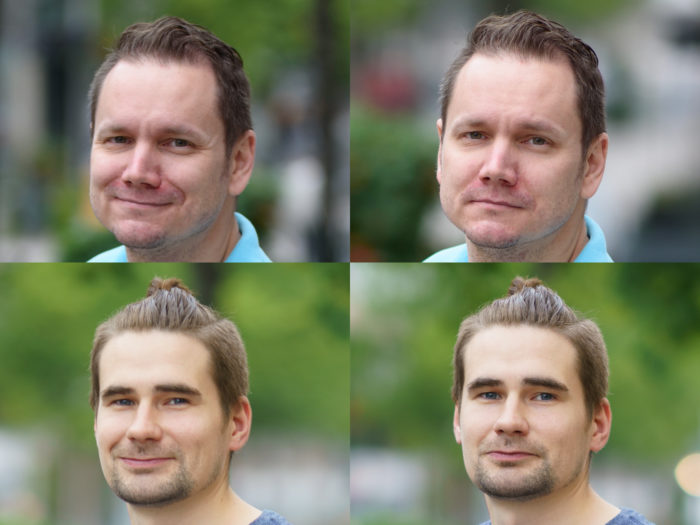
So the conclusion is, Sony owners are lucky to have such fantastic lens at their disposal and congratz to Nikon guys for getting an awesome lens. Not too bad at all.
Johnny Perkka / fotomonza.com
Sony 85mm GM store links: [shopcountry 50835]
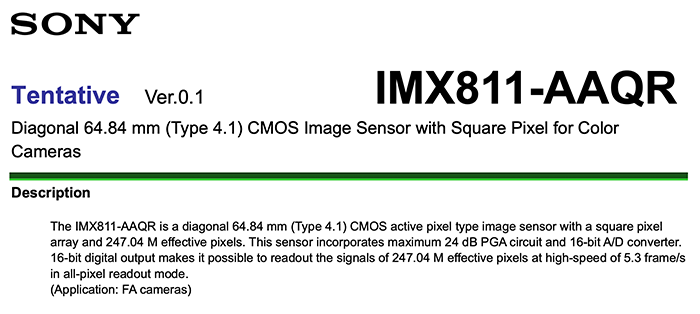
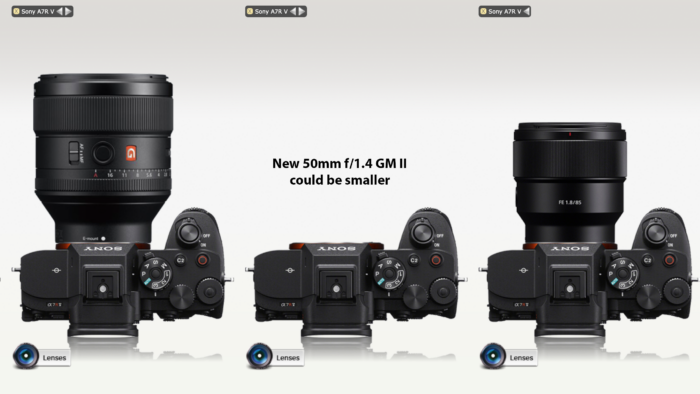
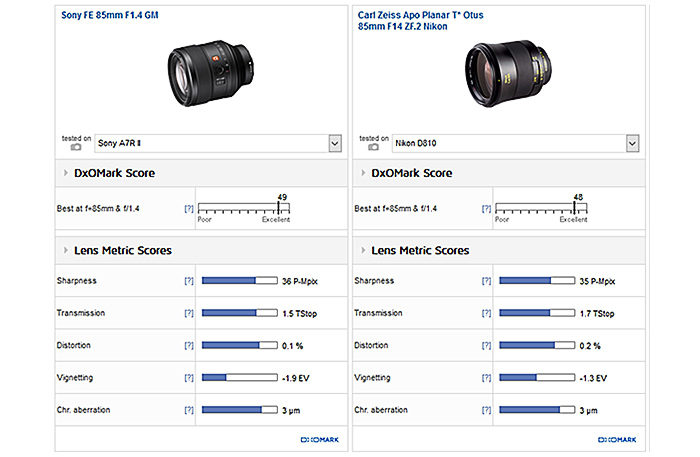
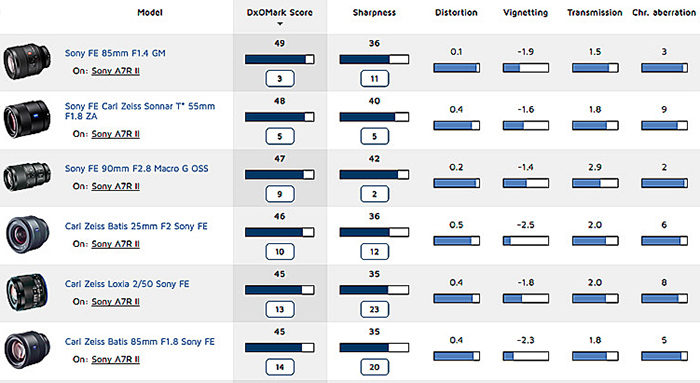
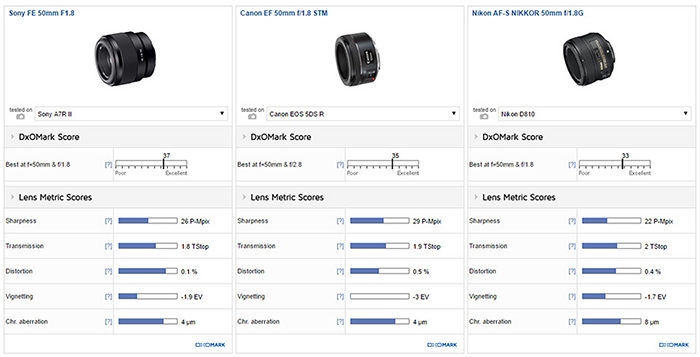
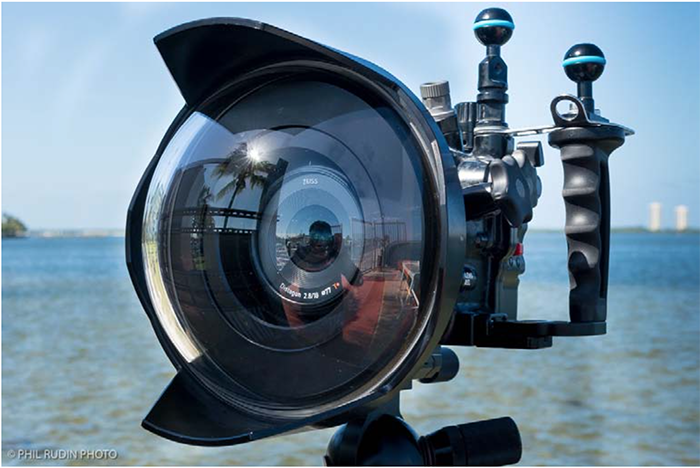
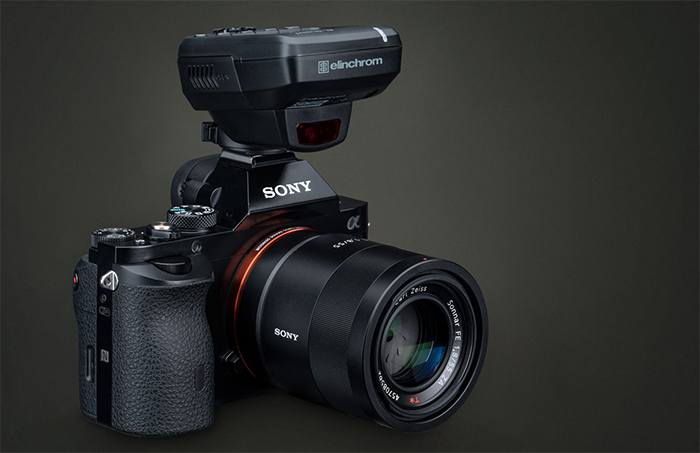
![28171163701_82ba790ca8_h[1]](http://www.sonyalpharumors.com/wp-content/uploads/2016/08/28171163701_82ba790ca8_h1-700x483.jpg)




